Table of content
Zongzi, the iconic pyramid-shaped dumpling wrapped in bamboo leaves, is a beloved culinary treasure deeply rooted in Chinese tradition. Often enjoyed during the Dragon Boat Festival, these rice parcels are filled with ingredients like glutinous rice, red bean paste, salted egg yolk, or marinated meat, offering a harmonious blend of textures and flavors. While freshly made zongzi are a delight, the convenience of frozen varieties has made them a staple in households worldwide. However, a common dilemma arises: how long should you cook frozen zongzi without thawing them first to achieve the ideal balance of softness, stickiness, and aromatic richness? This article delves into the science, techniques, and tips to ensure your frozen zongzi emerge from the pot perfectly cooked every time.
The Science Behind Cooking Frozen Zongzi
Cooking frozen zongzi without thawing requires an understanding of heat transfer and the unique properties of glutinous rice. Unlike regular rice, glutinous rice contains higher amounts of amylopectin, a starch molecule that gelatinizes when heated, creating a sticky, cohesive texture. When frozen, the water within the rice crystals forms ice, which must be melted and reheated to reactivate the starch molecules. This process demands precise timing and temperature control to avoid undercooking (resulting in a gritty, hard center) or overcooking (leading to a mushy, waterlogged exterior).
Factors Influencing Cooking Time
Several variables affect how long frozen zongzi need to cook:
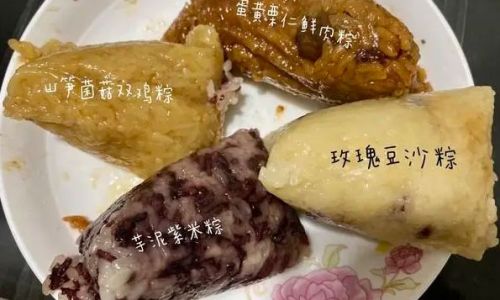
- Size and Thickness: Larger zongzi or those with denser fillings (e.g., meat or mushrooms) require longer cooking times to ensure even heat penetration.
- Filling Type: Meat-filled zongzi may need additional time to cook the protein thoroughly, while sweet varieties (e.g., red bean paste) might cook faster.
- Altitude: At higher elevations, water boils at lower temperatures, potentially extending cooking time.
- Cooking Method: Boiling versus steaming impacts heat distribution and moisture retention.
Step-by-Step Cooking Guide
Preparation
- Do Not Thaw: Cooking zongzi directly from frozen preserves texture and prevents bacterial growth.
- Choose the Right Pot: Use a large, deep pot to accommodate the zongzi without overcrowding. A 6-quart pot can hold 4–6 medium zongzi.
- Water Level: Submerge zongzi completely in water (2–3 inches above the dumplings) to ensure even cooking.
Boiling Method
- Bring Water to a Rolling Boil: Add zongzi to boiling water (not cold) to jumpstart the cooking process.
- Timing:
- Small Zongzi (100–150g): 20–25 minutes.
- Medium Zongzi (150–200g): 25–30 minutes.
- Large Zongzi (200g+): 30–35 minutes.
- Adjust for Fillings: Add 5–10 minutes for meat or poultry fillings.
Steaming Method
- Use a Steamer Basket: Place zongzi in a single layer, ensuring they don’t touch.
- Timing:
- Small Zongzi: 30–35 minutes.
- Medium Zongzi: 35–40 minutes.
- Large Zongzi: 40–45 minutes.
- Add Water Midway: Refill the steamer if water levels drop to prevent burning.
Testing for Doneness
- Texture Check: Gently press a zongzi; it should feel soft but intact.
- Temperature Check: Insert a thermometer into the center—it should read 165°F (74°C) for meat fillings.
- Leaf Unwrapping: The bamboo leaves should peel away easily without sticking to the rice.
Pro Tips for Perfect Zongzi
- Salt the Water: Adding 1–2 teaspoons of salt to the cooking water enhances flavor and helps the rice cook evenly.
- Avoid Overcrowding: Cook in batches if necessary to maintain water circulation.
- Resting Time: Let zongzi sit for 5–10 minutes after cooking to redistribute moisture.
- Reheating Leftovers: Refrigerated zongzi can be reheated by steaming for 10–15 minutes or microwaving (with a damp paper towel) for 1–2 minutes.
Common Mistakes to Avoid
- Undercooking: Results in a hard, crumbly center. Always test doneness before serving.
- Overcooking: Causes the rice to become waterlogged and the leaves to disintegrate.
- Skipping Resting Time: Immediate serving after cooking can lead to a gummy texture.
- Using the Wrong Pot: Small pots limit water circulation, causing uneven cooking.
The Role of Bamboo Leaves
Bamboo leaves are not just a wrapper—they impart a subtle grassy aroma that elevates the zongzi’s flavor. During cooking, the leaves release antioxidants and phytonutrients, enhancing both taste and nutritional value. However, overcooking can leach bitterness, so balancing cooking time is key.
Cultural Significance and Variations
Zongzi’s origins trace back to the Warring States period, when poet Qu Yuan’s death inspired locals to toss rice-filled bamboo leaves into the river to prevent fish from eating his body. Today, regional variations abound:
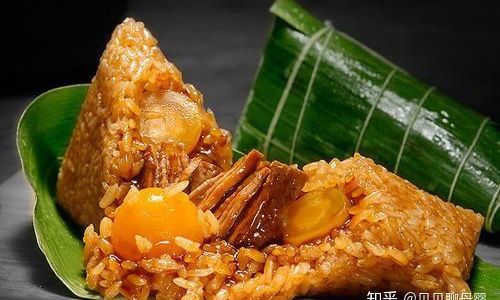
- Northern China: Sweet zongzi with jujube or red bean paste.
- Southern China: Savory zongzi with pork, mushrooms, and salted egg yolk.
- Southeast Asia: Nonya zongzi with coconut milk and spices.
Storing and Freezing Zongzi
- Freezing: Wrap cooked zongzi tightly in plastic wrap or foil, then place in a freezer-safe bag. They last 3–6 months.
- Thawing (Optional): While not required, thawing in the refrigerator overnight reduces cooking time by 5–10 minutes.
Serving Suggestions
- Dipping Sauces: Soy sauce, chili oil, or fermented bean paste.
- Sides: Pair with pickled vegetables, green tea, or congee.
- Creative Twists: Serve sliced zongzi with ice cream for a sweet-savory dessert.
Conclusion
Cooking frozen zongzi without thawing is a culinary skill that blends tradition with practicality. By mastering the interplay of time, temperature, and technique, you can transform a simple frozen dumpling into a dish that honors centuries of heritage. Whether you prefer the simplicity of a sweet red bean zongzi or the complexity of a savory meat-filled variety, the key lies in patience and precision. So the next time you unwrap a frozen zongzi, remember that within those bamboo leaves lies not just a meal, but a piece of culture waiting to be reawakened.
With this guide, you’re now equipped to cook frozen zongzi to perfection—sticky, aromatic, and steeped in tradition. Happy cooking!
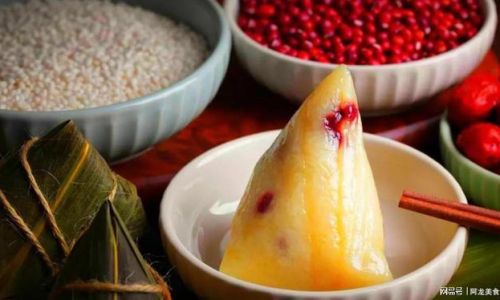




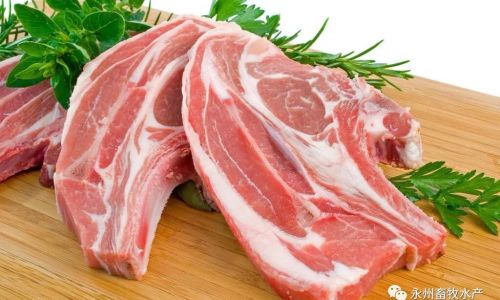
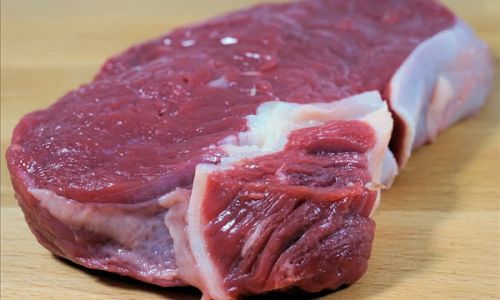
0 comments